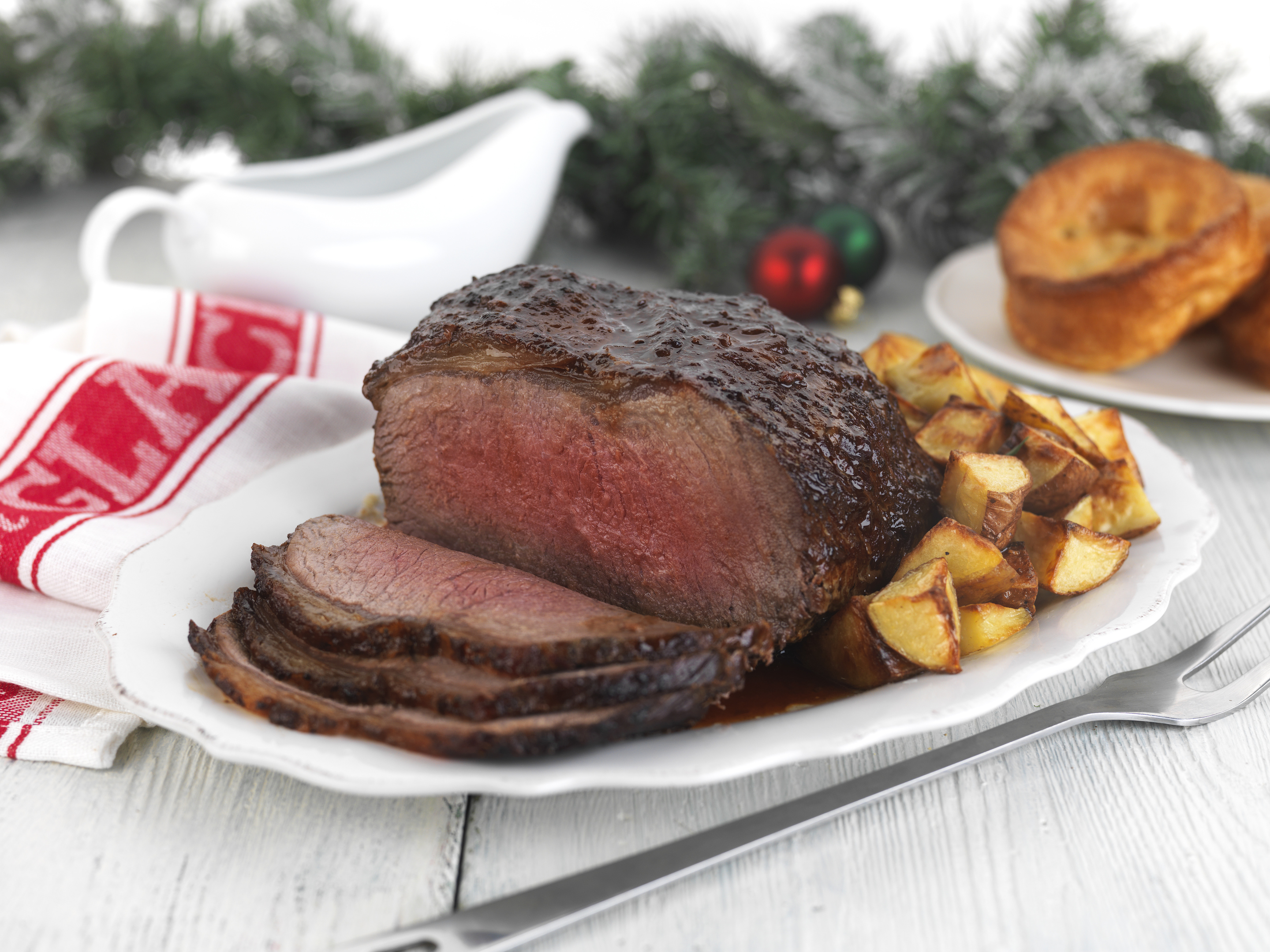A campaign has been launched for the BSE-risk status of Scottish beef to be upgraded to “negligible”, enabling traders to jump a four-year-long wait to access new markets.
The Scottish Association of Meat Wholesalers (SAMW) has asked Rural Economy Secretary, Fergus Ewing for a meeting to look at the case for an upgrade ahead of England and Wales, who are not due for upgrading until 2020 at the earliest.
SAMW, whose members run the country’s abattoirs, stops short of putting a financial value on an upgrade from the current “controlled” to “negligible” risk status, but president Allan Jess said he believed the case for Scotland moving to the improved status was extremely strong.
“We would hope the Cabinet Secretary will support us in raising our status to the highest possible level in the shortest time possible,” said Mr Jess.
The wholesalers argue that the last confirmed BSE case in Scotland involved an animal born in 2002, in contrast to the last confirmed case in Great Britain which involved an animal born in 2009. Northern Ireland is also seeking a change to negligible risk due to its similar all-clear record to that of Scotland.
A Scottish Government spokesman said Mr Ewing would be happy to meet the SAMW to examine the case. It is understood the Government would have to subsequently approach the World Organisation for Animal Health and submit evidence to have Scotland’s status changed.
The key benefits of a negligible status that have been identified by SAMW include reputation gain from a disease-free image; the removal of obstacles when negotiating access to new markets; easier access to markets where some trade already exists; trading advantages over competitors from ‘controlled risk’ countries; the opportunity to trade in the most lucrative global markets; the removal of costly Specified Risk Material (SRM) procedures and better returns for other links in the supply chain.
“Scotland’s meat and livestock industry is already perceived abroad as having a clean healthy image and producing wholesome high quality produce,” said Mr Jess.
“This image has been enhanced in recent years through our achieving of TB free status and BVD free status, resulting in significant benefits in accessing new export markets and capturing new customers in existing markets.
“While it’s difficult to place a precise financial value on the benefit to Scotland’s image of gaining the desired ‘negligible risk’ BSE status, we believe it would be substantial. The major meat export plants in Scotland, for example, have indicated that gaining ‘negligible risk’ would be a significant key to unlocking the gate to new third country opportunities.”







